What is Deoxidizer?
Deoxidizer is a compound used in a reaction to remove oxygen. These products contain one or more elements that are scavengers for oxygen decreasing the presence of dissolved oxygen in molten metal. Degasifiers can remove oxygen and other unwanted gases such as hydrogen as well.
Deoxidization is a method used in metallurgy to remove the oxygen content during steel manufacturing. Deoxidation is important in the steelmaking process as oxygen is often detrimental to the quality of steel produced. Deoxidization is mainly achieved by adding a separate chemical species to neutralize the effects of oxygen or by directly removing the oxygen.The technology of steel deoxidation largely determines its quality, operational characteristics, which depend not only on the residual oxygen concentration, but also on the nature, quantity, size and distribution of nonmetallic inclusions in the metal matrix.
Deoxidation is the last stage in steelmaking. During making of steel, the steel bath at the time of tapping contains 400 to 800 ppm activity of oxygen. Deoxidation is carried out during tapping by adding into the teeming ladle appropriate amounts of ferro alloys or other special deoxidizers. If at the end of the blow the carbon content of the steel is below specifications, the liquid steel is also recarburized in the teeming ladle. However, large additions in the teeming ladle have the adverse effect on the temperature of the liquid steel.
Solubility of oxygen in steel is negligibly small. During solidification of molten steel, excess oxygen is rejected by the solidifying steel. Solubility of oxygen in liquid steel is 0.23 % at 1700 deg C. It decreases during cooling down process and then drops sharply during the solidification of liquid steel reaching 0.003 % in solid steel.
The excess oxygen liberated from the solid solution oxidizes the components of steel such as C, Fe, and alloying elements resulting into blowholes and non metallic inclusions entrapped within the cast steel structure. Both blowholes and inclusions have considerable effect on the mechanical properties and impact adversely the steel quality.
Several strategies have been developed for deoxidation of steel
In order to prevent oxidizing of steel components during solidification the oxygen content of liquid steel need to be reduced. This is done by deoxidation of steel which is a steel making technological operation, in which concentration (activity) of oxygen dissolved in liquid steel is reduced to a required level. In addition to production of sound steel by eliminating blowholes and minimizing of non metallic inclusions, deoxidation is also employed for grain size control to enhance the toughness of the steel
Several strategies have been developed for deoxidation of steel. This may be accomplished by adding metallic deoxidizing agents to the liquid steel either before or after it is tapped, or by vacuum treatment, in which carbon dissolved in the steel is the deoxidizer. Besides deoxidation by metallic deoxidizers and deoxidation by vacuum, one more method of deoxidation namely diffusion deoxidation is sometimes employed.
Deoxidation of steel is a steel making technological operation, in which concentration (activity) of oxygen dissolved in molten steel is reduced to a required level.
We have a kind of deoxidizers that mainly applied in steelmaking industry and casting industry. Due to its many advantages as deoxidizer, this quality silicon carbide can keep welcomed in the market for many years. The content of SiC is above 50-90%; Particle size: 0-100mm
Deoxidizer Usage:
1. At the melting and oxidizing phases according to the operation rules.
2. Once the thin slag formed, add silicon carbide for reduction, its quantity is decided by the actual amount of molten steel in the furnace and the furnace views conditions.
3. Speed up the reaction rate, shorten the refining time, in the meantime, it will also cause desulfurization effect.
4. The temperature is easy to adjust after adding silicon carbide refractory castable deoxidizer, it will help reduce the power consumption, improving the service lifetime of furnace lining and cover.
5. It will cause small dust. To reduce the amount of fluorite and reduce the fluorine concentration of toxic gases, it’s environmentally friendly.

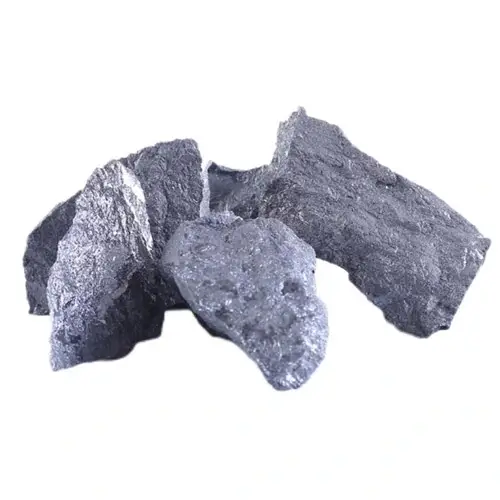
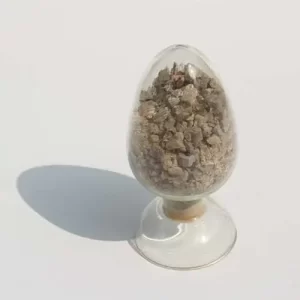
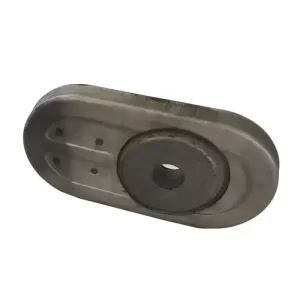
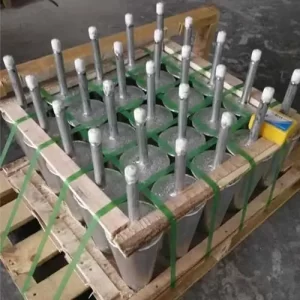
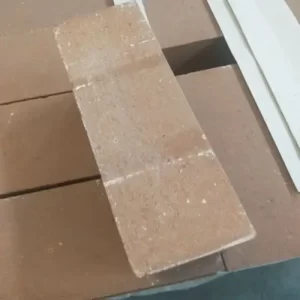
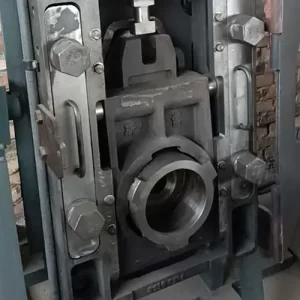

Reviews
There are no reviews yet.